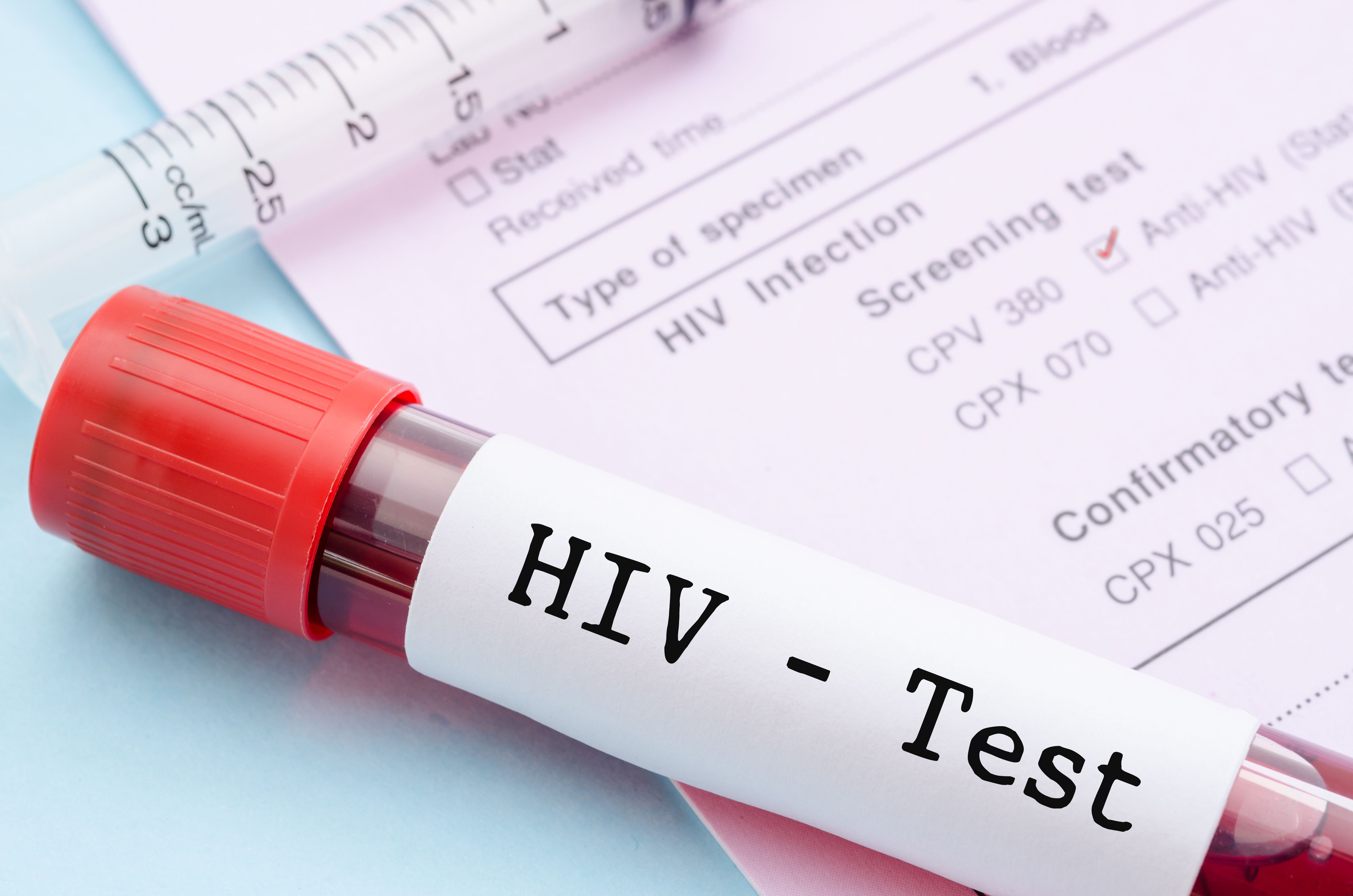Artificial intelligence (AI) computer vision technology may be an effective method of improving the quality of HIV self-testing (HIVST), according to a recent study published in Frontiers in Public Health.
Takeaways
- The study suggests that AI computer vision technology shows promise in enhancing the quality of HIV self-testing, which could be significant in improving HIV diagnosis and management.
- The worldwide Sustainable Development Goal of ending AIDS by 2030 faces challenges, necessitating innovative strategies like Differentiated Service Delivery models to bridge gaps in HIV targets.
- Despite its high sensitivity and specificity, HIV self-testing (HIVST) implementation has been sluggish globally, mainly utilized as a screening tool rather than for diagnosis, partly because of concerns about quality.
- The study compared the efficacy of AI algorithms with expert panel interpretations of HIVST images, revealing comparable results in terms of sensitivity, specificity, and predictive values, highlighting the potential of AI in this domain.
- While AI showed promise, researchers emphasize the need for further studies to address potential biases and enhance the quality of AI-driven interpretations, paving the way for more reliable HIV self-testing methodologies.
Currently, it is unlikely the worldwide Sustainable Development Goal of ending AIDS as a public health threat by 2030 will be met. Differentiated service delivery (DSD) strategies are likely necessary to close gaps in HIV targets. The primary goal of DSD models is to make HIV services more accessible and acceptable for patients.
One method developed by HIV DSD is HIVST, which have displayed high sensitivity and specificity. However, implementation has been slow, with HIVST routinely implemented in only 52 countries. The quality of HIVST has been cited as a reason HIVST is primarily used as a screening tool rather than a diagnostic tool.
Computer vision AI evaluates visual data for meaningful information. This technique could potentially improve HIVST quality. Investigators conducted a study to determine the efficacy of AI algorithms in interpreting HIVST images.
Data was obtained from the “HIVST Performance Study,” which compared blood-based HIVSTs to standard-of-care rapid antigen/antibody diagnostic tests. The study was conducted in 20 privately owned, legally operating pharmacies with a back room for private HIV testing and counseling and at least 1 full-time licensed pharmacist on staff.
Participating providers were aged 18 years or older, worked at one of the study pharmacies, and expressed willingness to complete required training for intervention delivery. Training was conducted for a single day in person and discussed how to offer and assist free HIVST to clients.
Participating patients were aged 18 years or older with self-reported HIV-negative or unknown status, engagement in at least one HIV-associated risk factor in the past 6 months, and no pre-exposure prophylaxis or antiretroviral therapy use. These patients were instructed to follow the instruction on the third-generation Mylan blood-based HIVST kits and contact their providers if they had questions.
The HIVST images were interpreted by a subset of HIVST readers, referred to as the “expert panel” by study authors. The expert panel’s consensus was treated as the “ground truth” to compare with the AI algorithm’s evaluation.
The evaluated AI platform was called HealthPulse AI. It included multiple computer vision and machine learning models such as an object detector to identify HIVST type, a second object detector to identify test and control line regions, a classifier to determine line presence probability, and an Image Quality Assurance pipeline to flag adverse image conditions.
There were 1500 patients who completed HIVST, 57% of whom had images with sufficient quality to be evaluated by the AI algorithm. Of these clients, 63% were female and 75% completed HIVST with provider assistance. Of providers, 40% were female and 43% owned the pharmacy they worked for.
A negative classification was given to 94.6%of images, positive to 5.2%, and indeterminate to 0.2% by the expert panel. In comparison, these rates were 93.4%, 6%, and 0.6%, respectively, for the AI algorithm.
The AI algorithm correctly marked 798 of 808 negative tests as negative, with 7 marked as positive and 3 as indeterminate. This indicated a specificity of 98.8%. Its positive predictive value was 81.5%, indicating an approximately 82% likelihood its interpretation of a test as positive was correct.
Additionally, all 44 positive tests were marked correctly by the AI algorithm. No false negatives were reported, indicating a negative predictive value of 100%.
These results indicated quality from AI computer vision technology in evaluating HIVST. Investigators recommended further research be conducted to minimize AI biases that may impact care quality.
Reference
Roche SD, Ekwunife OI, Mendonca R, et al. Measuring the performance of computer vision artificial intelligence to interpret images of HIV self-testing results. Front Public Health. 2024;12:1334881. doi:10.3389/fpubh.2024.1334881

